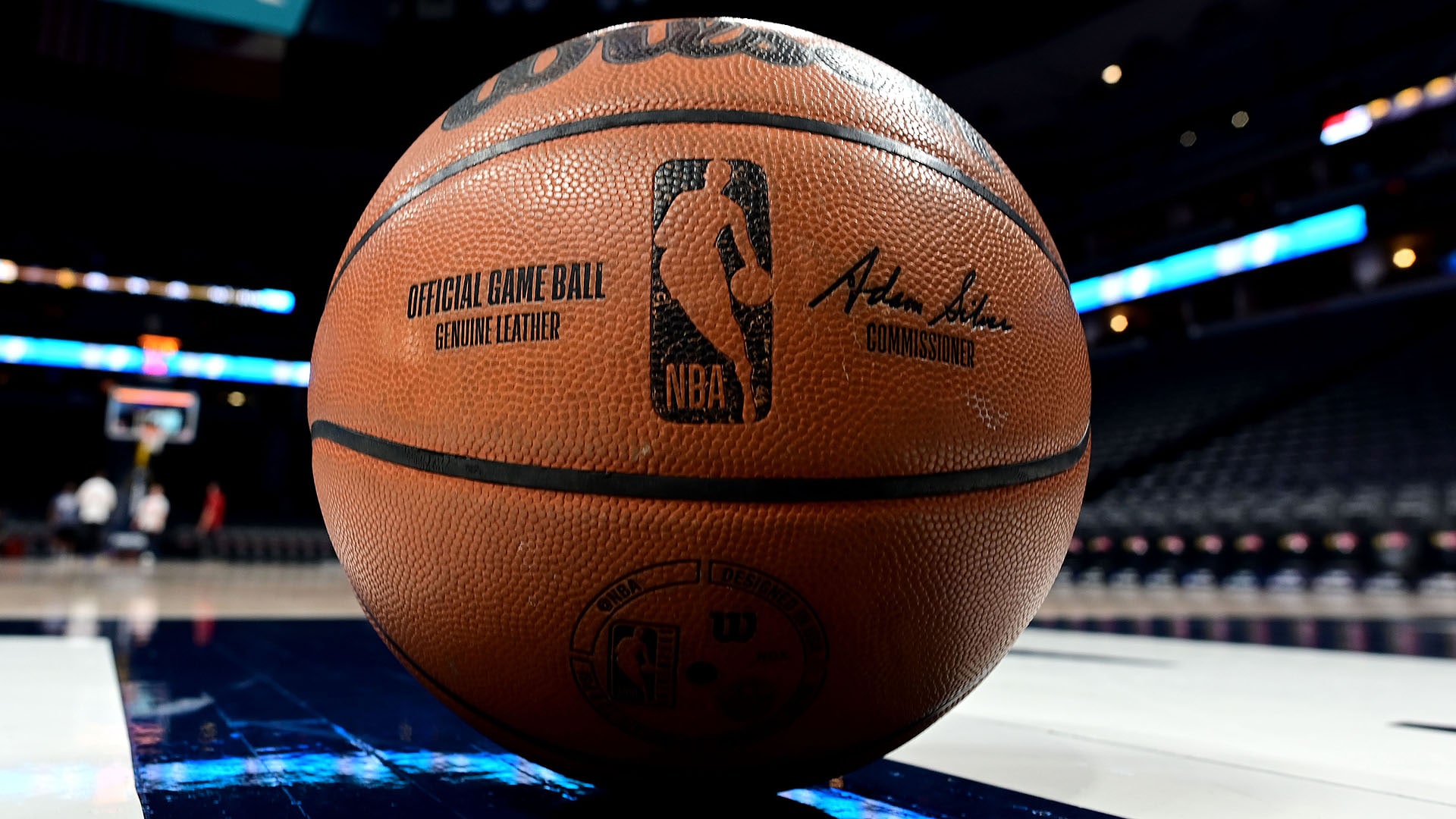
The superstar-laden Brooklyn Nets are among the top teams to watch in the East.
The Milwaukee Bucks were crowned NBA champions just five weeks ago. But this league (sometimes unfairly) moves on quickly. The Draft and free agency are in the books, and training camps will open in 33 days.
So it’s time to wonder how teams stack up for the 2021-22 season. While the Bucks remain largely intact, it’s hard to call them the favorites in the Eastern Conference. The team they barely edged in Game 7 of the conference semifinals promises to be healthier when the two teams tip off the season in Milwaukee on Oct. 19. The Brooklyn Nets still have Kevin Durant, James Harden and Kyrie Irving, and how do you pick against that?
Health is obviously the No. 1 concern in Brooklyn, but it’s the No. 1 concern everywhere in the NBA (and beyond). In this attempt to put the 15 Eastern Conference teams in some sort of pecking order, other questions need to be asked. Maybe some of them will be answered in the next 10 months, and maybe these rankings will look silly next June.
For these offseason rankings, we’re looking at each conference separately and we’ll have Western Conference rankings on Monday. All stats refer to the 2020-21 regular season unless otherwise noted.
Previously…
- May 10: Sixers finish at No. 1 as season wraps up (Welp)
- Last offseason (Nov. 24): Eastern Conference Power Rankings: Bucks on top (Genius) — The eventual champs swung a trade for Jrue Holiday, but were still waiting on Giannis Antetokounmpo to sign his contract extension. Daryl Morey took over in Philly and immediately shook up his starting lineup. John Wall was still in Washington, but the James Harden speculation in Brooklyn had begun. Five East teams had new coaches, the Hawks were going for it, and LaMelo Ball had arrived in Charlotte.
Pace: Possessions per 48 minutes (League Rank)
OffRtg: Points scored per 100 possessions (League Rank)
DefRtg: Points allowed per 100 possessions (League Rank)
NetRtg: Point differential per 100 possessions (League Rank)
The league averaged 99.7 possessions (per team) per 48 minutes and 111.7 points scored per 100 possessions last season.
NBA.com’s Power Rankings, released every Monday during the season, are just one man’s opinion. If you have an issue with the rankings, or have a question or comment for John Schuhmann, send him an e-mail or contact him via Twitter.

























